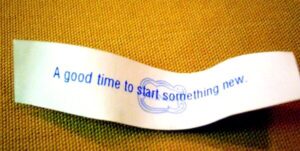
Business Reinvention: Disruption and Chaos a Natural Process [Podcast]
Disruption is constant; by definition, it drives in business reinvention — and never more than it has over the past year. And yet, some companies

Disruption is constant; by definition, it drives in business reinvention — and never more than it has over the past year. And yet, some companies

Good business leaders recognize the value in a good hire, but often times don’t appreciate that one key individual can add to or deter from

“…now he needs to keep rockin’, he just can’t stop. Gotta keep on rockin’, that boy has got to stay on top…and be a juke

Social engagement is not a management overlay on a toxic culture. It’s not a Band-Aid, a work-around or a cure-all. But what DOES it take to be an effective social leader in today’s world of work?

In today’s world of work, shift happens. The defining question for leaders is how will you make the most of those dynamics?

Think you’re ready to quit your job and strike out on your own as an entrepreneur? There may be a better path to your professional goals…

Are new technologies emerging so rapidly that organizations can’t keep pace? What’s ahead in HR innovation and how should we prepare?

When disaster strikes in today’s “always on” world, chances are that you’ll hear the news immediately at work. How can you and colleagues maintain balance and stay productive?